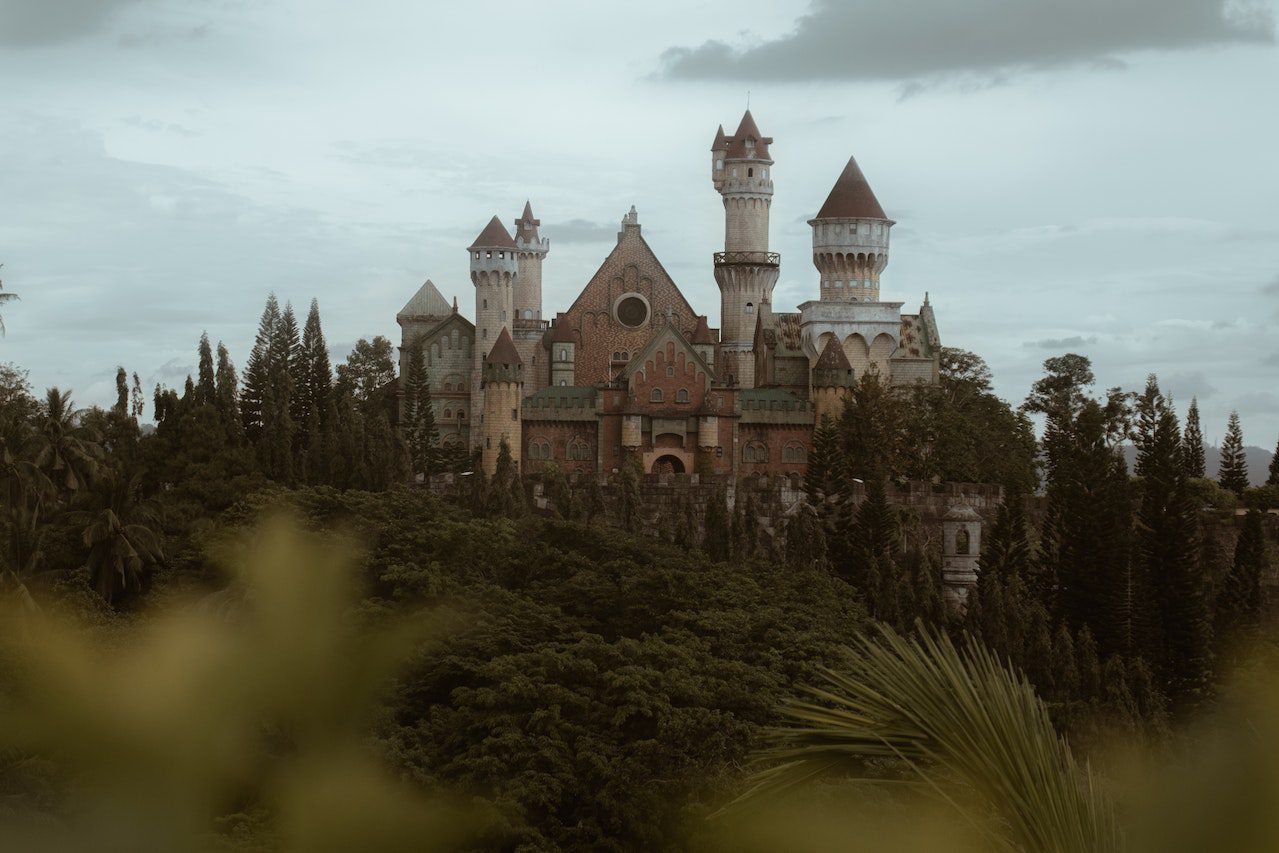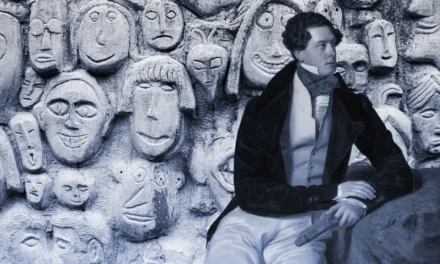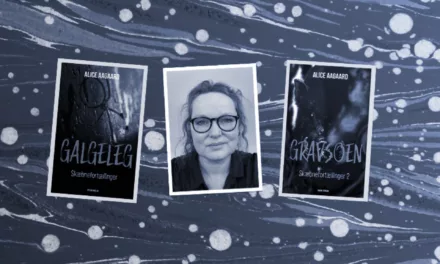
The Worldbuilding Workout: Tips for Sculpting Your Universe

You’ve probably read a story set in a world so wonderful that you think: “I wish I lived there”; or even better, it inspires you to imagine all the other stories in that world that haven’t been told yet
Every time I come across a world that makes me dream of what it would be like to live there, I recognize that Worldbuilding is an art that requires hard work to charm readers.
So, let’s take a look at some of the most important techniques used by the best worldbuilders in the world, help you organize your notes, and dive into tips and strategies to help you become a skilled worldbuilder.
3 best-known techniques for creative worldbuilding
In the same way that you can suffer from writer’s block when faced with the blank page of your first chapter, it is also possible to have the same kind of block when you want to build a fictional world from scratch.
Creative block is a reality, but it is actually easy to solve when you identify one of its root causes: idea overload.
The best way to overcome this overload is to be methodical and choose a technique that best suits your way of writing.

Orson Scott Card’s tips for worldbuilding
Orson Scott Card is widely recognized for his ability to create complex and detailed fictional worlds.
Here are some of his key worldbuilding techniques:
- Define the rules: since you are writing about a world that doesn’t exist yet, you must create and define the rules of the world and its elements.
- Inventing the past: it is important to connect the events of the story with the past of the world by answering the following questions: why did it happen? How did it happen? What were the consequences?
- Language: the way societies communicate in your world influences their interactions, concepts, and culture. It is their way of seeing and perceiving the world you have created.
SPERM principle for building societies
This is a methodology that comes from tabletop RPGs like Dungeons & Dragons. It focuses on defining the relationships and elements that make a society function and move as a whole. These elements are:
- Social: What is the class structure? Are there outcasts and privileges? Why does this class structure exist?
- Political: How are important decisions made? Who makes these decisions? What political alliances exist? Who are the most influential citizens?
- Economic: How is the population sustained? How is wealth distributed? What products, goods, and services are traded? Are any products or resources scarce? What commercial alliances exist with other societies?
- Religion: What practices or rituals give meaning to your society? Is there a division between believers and non-believers? What are the values that are perceived as positive and which are negative?
- Military: Who are your society’s enemies? What weapons do they possess, or what is their technological capacity to defend themselves?
Environments: physical and cultural
These concepts are the brainchild of Brandon Sanderson, another great writer with a remarkable ability to build expansive worlds.
A fictional world can be separated into two categories: the physical environment and the cultural one.
- Physical environment: all the elements of the world that exist without the intervention of thinking entities, like flora and fauna.
- Cultural environment: these are all the elements that are a construction, tangible or intangible, of thinking entities like education, hierarchies, language, technology, etc.
In addition to this, it makes use of the consistency between both types of environments so that they do not contradict each other.

How to organize your worldbuilding information
Now that you’re furnished with three different techniques for worldbuilding, you are faced with the hardest part: organizing the information of your world in a way that’s easy to refer back to.
Writing everything in one big document can make it difficult to find the right information when you need it, but there are some of my favourite ways to organize my information.
- Mind maps: if you are a visual writer, mind maps will help you visualize the elements of your world and connect them together.
- Kanban board: this method is used in professional copywriting to manage tasks, but it can also be used in creative writing to organize information. Just create different columns with each topic, for example: places, characters, artefacts, fauna, flora, etc.
- Wikis: there are some great free wiki apps out there that can help you organize your worldbuilding. Two popular ones are Notion and Obsidian. These apps can help you organise your information with cross-linking, navigation, and series information sharing.
Key questions to identify what is missing in your Worldbuilding
Imagine that you have finished building your fantasy world, defined the rules, refined the details and included all the important elements. How do you know if your world works for the story you want to tell?
To answer this big question, here is a list of small questions you can answer once you have finished building your fictional world, so you can identify if there are any missing elements:
- Does the environment affect the actions that happen in the story? How?
- Do all the details of my world relate to an aspect of the plot or characters?
- Is the world coherent and logical in its structure?
- Do the characters in my story have a connection to the world I have created?
- Does my world have internal conflicts that can be explored throughout the story?
- Does the world I have created have a history and culture of its own that can be developed?
- Are there enough challenges or difficulties in the world for the characters to face?
- Is there enough variety in the elements of the world that can hold the reader’s attention throughout the story?

Things you should avoid when Worldbuilding
Worldbuilding is a huge task and can bring up some problems that are best avoided:
Spending too much time creating your fictional world
When you have too many new ideas, and you keep writing them down it’s easy to get lost and forget to focus on the end goal.
There is a moment when you need to say: “this is enough”.
Remember, your main goal is to write a novel, not an encyclopedia. Detailed worldbuilding is great, but not if you sacrifice your writing time to do it.
Falling in love with a concept that doesn’t fit with history
“In my world, there is a 3D Printer that people can plug into their minds while they sleep, and so print things they see in their dreams.” A very interesting idea, but ask yourself: is it a key element to the plot? Does it make sense in my world?
Falling in love with a creative concept for your world can distract you from your goal and your story. This is something I came to see in workshops with students: they would fill their stories with descriptions of creative gadgets, which had no impact on the story or didn’t fit in the already-built world.
If it’s an idea you like, but it has no purpose in the story or doesn’t fit into your already established world, save it for another project.
***
Worldbuilding is a crucial aspect of creating any world of fiction. It requires careful planning and attention to detail, but if you keep these tips and the right techniques in mind, it can be an enjoyable and rewarding process. Remember, creativity has no frontiers when it comes to worldbuilding. The only limit is your imagination.































